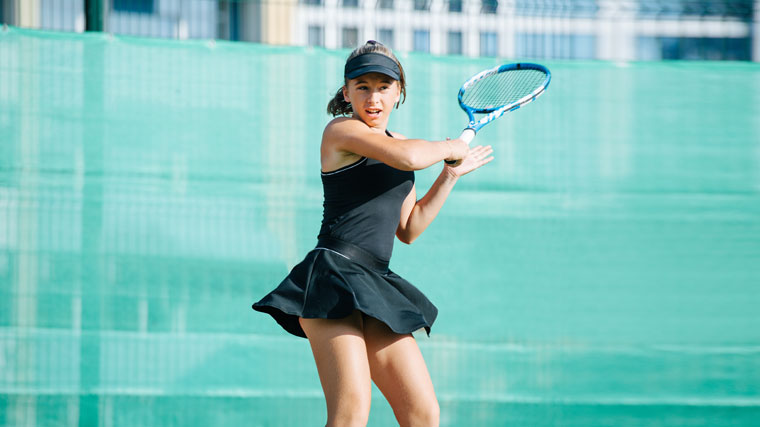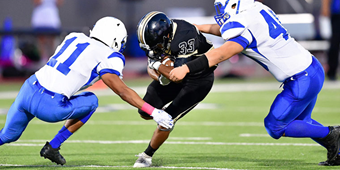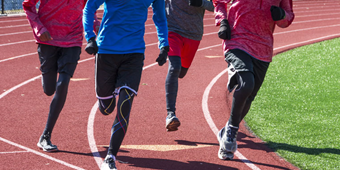Accelerated Training Programs Place Adolescents At-Risk for Overuse Injuries

Answer a few questions and we'll provide you with a list of primary care providers that best fit your needs.
Adolescent athletes are at an ever-increasing risk of developing overuse injuries when the main goal to training is winning a college scholarship or reaching elite club status.
Many doctors believe this performance-driven desire is the reason for a significant rise in overuse injuries in children, according to the American Academy of Orthopaedic Surgeons (AAOS). They believe middle school and high school athletes are not ready for training designed for college athletes. Sports offer great benefits to your adolescent’s health and emotional well-being, they say. But if training is not properly taught, injuries can quickly overcome the positive reasons for doing it in the first place.
Common Injuries
The most common overuse injuries seen in adolescents today can be divided into two categories – those in the upper and lower extremities. A vast majority of upper extremity injuries are in the shoulder from sports such as swimming, tennis, baseball and softball. The body was not designed for repetitive movements required of these sports.
Lower extremity injuries in younger athletes - such as Iliotibial Band Syndrome in runners, stress fractures and shin splints - revolve around the growth or development of their bone anatomy. Overuse injuries affect muscles, ligaments, tendons, bones and growth plates. These structures are still growing in adolescents and, at times, that growth is uneven. Bones grow first – pulling at tight muscles and tendons. It’s this uneven growth that places young athletes at a higher risk for muscle, tendon, and growth plate injuries, according to the AAOS.
About Accelerated Training
Accelerated training programs are very common today, especially in club sports where an adolescent is encouraged to focus on one area in order to reach elite status or be considered for a college scholarship. The problem, doctors believe, is that such a focus goes against what your young athlete’s bodies really need in order to stay healthy and injury-free, which is involvement in multiple sports, and frequent rest.
Overuse injuries in adolescents have multiple contributing factors, but the primary ones are related to typical training errors. A training plan’s volume, intensity and inadequate time allotted for recovery are at the core.
To keep your young athlete healthy:
- Don’t ignore signs that an overuse injury is developing.
- Don’t let long-term goals drive your decisions on how to treat your athlete.
- Don’t be afraid to make your athlete slow down or stop for a while. If injured, give the body the time and patience it needs to heal.
- Remember that sometimes less is better. Pain is the body’s way of saying it is time to rest.
Answer a few questions and we'll provide you with a list of primary care providers that best fit your needs.




